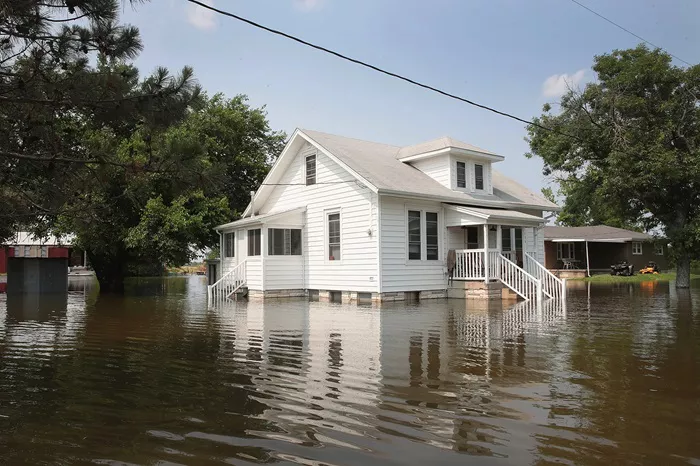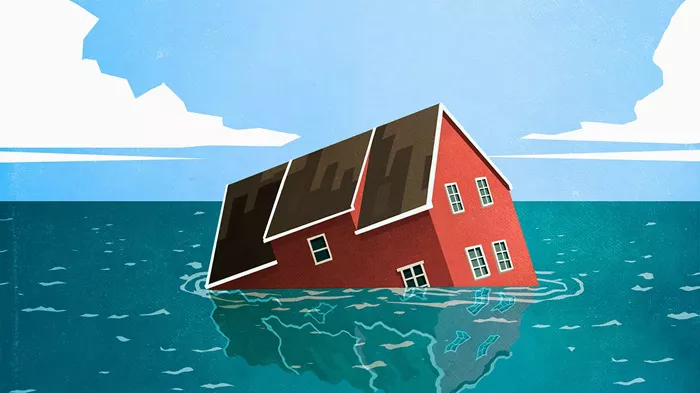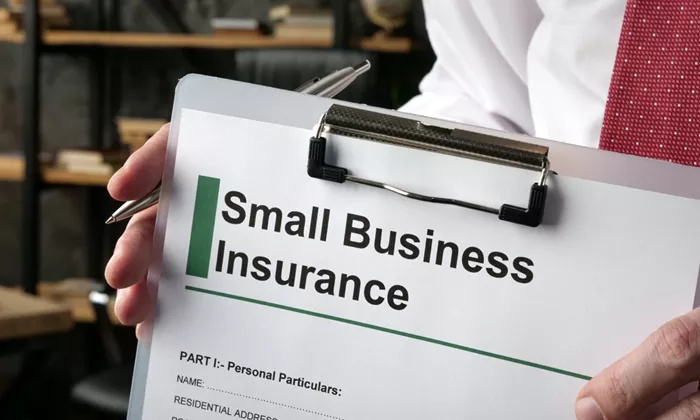Flooding is one of the most common natural disasters. It can happen almost anywhere, and it often causes serious damage. That’s why flood insurance is so important. But how much flood insurance do you really need? What’s the minimum requirement? And who decides that?
In this article, we’ll explain the basics of flood insurance, the required minimum coverage, and why just having the minimum may not be enough. We’ll keep things simple so you can understand the details, even if this is your first time learning about flood insurance.
What Is Flood Insurance?
Flood insurance is a special type of insurance that covers damage caused by flooding. It helps pay to repair or replace your home and belongings if water enters your home due to heavy rain, overflowing rivers, storm surges, or melting snow.
It’s important to know that most standard homeowners insurance policies do not cover flood damage. You need a separate flood insurance policy to get that protection.
Flood insurance is offered by the National Flood Insurance Program (NFIP), which is run by FEMA (Federal Emergency Management Agency), and also by some private insurance companies.
Do You Really Need Flood Insurance?
If you live in a high-risk flood zone and you have a mortgage from a federally backed lender, then you are required by law to have flood insurance.
Even if you don’t live in a high-risk zone, flood insurance is still a good idea. According to FEMA, more than 20% of flood claims come from outside high-risk areas.
What Is the Minimum Flood Insurance Requirement?
The minimum amount of flood insurance you need depends on a few things:
Where your home is located
Whether you have a mortgage
Who your lender is
Whether the lender is federally regulated
Let’s break it down.
1. NFIP Requirements for Homes with Mortgages
If your home is in a high-risk flood zone (also known as a Special Flood Hazard Area or SFHA) and you have a mortgage backed by the federal government (like FHA, VA, USDA, or conventional loans sold to Fannie Mae or Freddie Mac), then federal law requires you to have flood insurance.
The minimum coverage required is:
$250,000 for the building (structure of the home)
$100,000 for contents (personal belongings)
This is the maximum coverage available through the NFIP for residential properties. If your lender only requires minimum coverage, they may only ask for just enough to cover the loan balance, but the NFIP still caps what they will insure.
2. Lender-Specific Requirements
Lenders can also have their own rules. Even if the federal requirement is $250,000, your lender might ask for more or less, depending on the value of your home and how much you owe on the mortgage.
For example, if your loan balance is only $100,000, your lender may require just that amount of flood coverage. But if your home is worth $400,000 and you only have $250,000 in NFIP coverage, the lender may suggest getting extra coverage from a private insurer.
3. No Mortgage? No Requirement, But Still a Risk
If you own your home outright and have no mortgage, you are not required to have flood insurance, even in high-risk areas.
However, skipping flood insurance can be risky. Just a few inches of flood water can cause tens of thousands of dollars in damage. Without insurance, you’ll pay out of pocket.
How Is Minimum Flood Insurance Coverage Calculated?
There isn’t a one-size-fits-all formula. But here are the common ways minimum coverage is decided:
Loan Balance: Lenders often require at least enough flood insurance to cover the outstanding mortgage.
NFIP Maximum Limits: The NFIP covers up to $250,000 for the home and $100,000 for belongings.
Replacement Cost Value: In some cases, lenders ask for enough coverage to fully replace the home if it’s destroyed by flooding.
Let’s look at an example:
Example:
You have a $200,000 mortgage on a home valued at $300,000. You live in a high-risk flood zone.
Your lender might require:
$200,000 in building coverage (to match your loan)
Optional: $50,000 to $100,000 for contents coverage
But if you want full protection, you could choose the NFIP max of:
$250,000 for the building
$100,000 for contents
If your home is worth more than $250,000, consider excess flood insurance from a private insurer.
What Does Flood Insurance Cover?
Here’s what’s usually covered under an NFIP flood insurance policy:
Building Coverage (Structure)
Foundation, walls, and floors
Electrical and plumbing systems
Central air and heating
Water heaters
Appliances (like stoves, refrigerators)
Built-in cabinets and paneling
Detached garages (up to 10% of building coverage)
Contents Coverage (Personal Belongings)
Clothing
Furniture
Electronics
Portable appliances
Curtains, rugs, and carpets
Washer and dryer
Important:
Contents coverage is optional with NFIP. If you want your belongings covered, you must buy this separately.
What’s Not Covered?
It’s just as important to know what flood insurance does not cover. Here are some common exclusions:
Damage from moisture, mildew, or mold not caused by a flood
Living expenses or loss of use (hotel stays, meals, etc.)
Currency, stock certificates, and precious metals
Cars and vehicles (you need auto insurance for that)
Decks, fences, patios, and pools
Private Flood Insurance and Minimum Requirements
Some private insurance companies offer flood insurance with higher coverage limits than the NFIP. These may be a better option if your home is worth more than $250,000.
Private policies can also offer:
Additional living expenses
Shorter waiting periods
Higher contents coverage
Better rates in some areas
But: Your lender must approve private flood insurance if it’s being used to meet federal requirements. It must be at least as good as NFIP coverage.
Can You Choose to Buy Less Than the Minimum?
If you’re in a low-risk area and don’t have a mortgage, yes—you can buy as much or as little flood insurance as you want. The NFIP offers policies even for people outside high-risk zones.
You can buy:
A preferred risk policy (cheaper and available for low-risk areas)
Only building coverage, only contents coverage, or both
Just remember: buying too little might save money now, but cost you later if a flood hits.
How Much Does Flood Insurance Cost?
Costs vary depending on:
Location (high-risk vs. low-risk)
Type of home
Age and elevation of the home
Amount of coverage
NFIP premiums can range from a few hundred to a few thousand dollars per year. Private insurers may offer better or worse pricing depending on your property.
FEMA now uses a system called Risk Rating 2.0, which is more personalized. This means your rate is based more on your home’s actual risk, not just the flood zone map.
Conclusion
Getting only the minimum flood insurance might satisfy your lender, but it may not be enough to fully protect your home and belongings.
Here’s what you should consider:
Check your mortgage lender’s requirements.
Think about the value of your home and your personal property.
Consider adding extra coverage if the NFIP limit won’t cover everything.
Compare NFIP and private flood insurance options.
Flooding can happen suddenly, and recovery can be expensive. The right coverage gives you peace of mind—and helps you bounce back faster.
Related topic:
What Coverage For Home Insurance






















